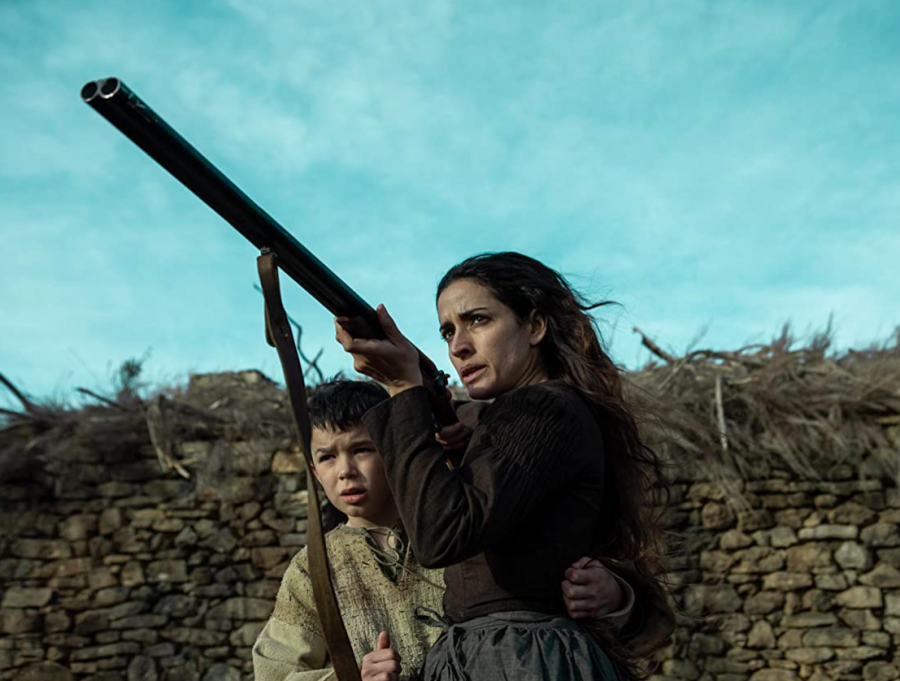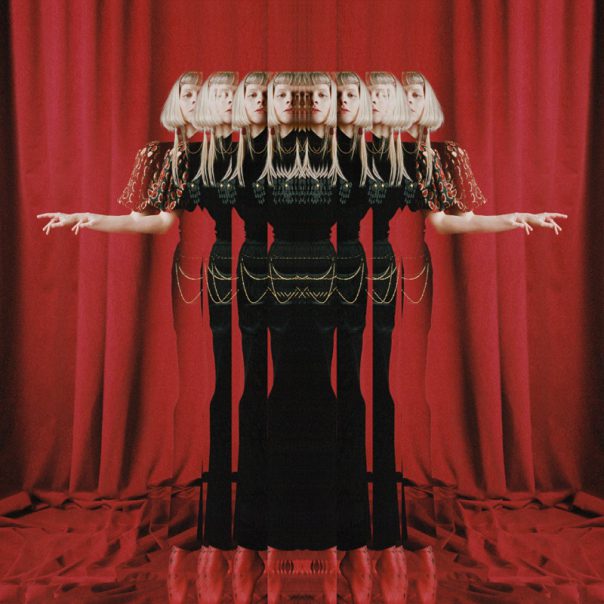The recent release of Baz Luhrmann’s take on F. Scott Fitzgerald’s 1925 novel “The Great Gatsby,” sheds light on the garish extravagance that characterized the Roaring Twenties — the colossal mansions, raucous parties, and seemingly endless wealth for elites in the 1920s — that have fascinated Americans for decades.
At face value, the book and Luhrmann’s interpretation of ostentatious wealth seem improbable, but a closer analysis reveals striking parallels between the world of Jay Gatsby, and that of our own 1 percent.
Although it has been over 90 years since “The Great Gatsby” was first published, Fitzgerald would recognize and understand the world we live in today.
Fitzgerald illustrated an America dominated by the rich — represented through Daisy and Tom Buchanan, Jordan Baker, and Jay Gatsby.
Similarly to Fitzgerald’s stylized America, we are the pawns of the rich.
Income inequality today is grossly prominent, having widened significantly since the late 1970s.
Between 1979 and 2007, the top earning 1 percent of Americans saw their incomes grow by an average of 275 percent, far outpacing the 40 to 60 percent gains for the lower 99 percent, according to the Congressional Budget Office.
In 2009, the top 20 percent of Americans owned 85 percent of the country’s wealth while the bottom 80 percent owned a mere 15 percent.
One cause for the accelerated income inequality in America is the fiscal changes to the tax code, making federal income taxes less progressive.
From 1992 to 2007, the top 400 income earners in the U.S. saw their incomes increase 392 percent, while their average tax rate reduced by 37 percent.
The facts and figures show that inequality in the U.S has reverted back to Gatsby-esque levels.
The rise in inequality over the last three decades has reached the point where income disparity between the very top and middle class has caused an unhealthy division in opportunities for social mobility.
Today, thousands of college graduates are underemployed, either holding a part-time job despite their desire to work full-time, or being over-qualified for a job by having the education, experience, or skills beyond the requirements.
The Wall Street Journal’s Ben Casselman reported in March that 284,000 Americans with a bachelor’s degree or higher were working in jobs that paid minimum wage or less, about double the pre-recession total.
While the huddled masses have borne the brunt of the Great Recession, having seen their median household wealth drop 36 percent, while the top 1 percent saw their wealth drop by only 11 percent, we appear to be occupying two different Americas drifting perilously apart.
Our time is very similar to that of Gatsby’s.
Like the dwellers of the Valley of Ashes, which represents unmitigated poverty and hopelessness, is obscured by the gleaming wealth of East and West Egg, the majority of us believe in that elusive dream – but will never achieve it.








